In September 2021, Universal Studios Beijing — part of Universal Beijing Resort — opened as the seventh theme park within the Universal Parks and Resorts family.
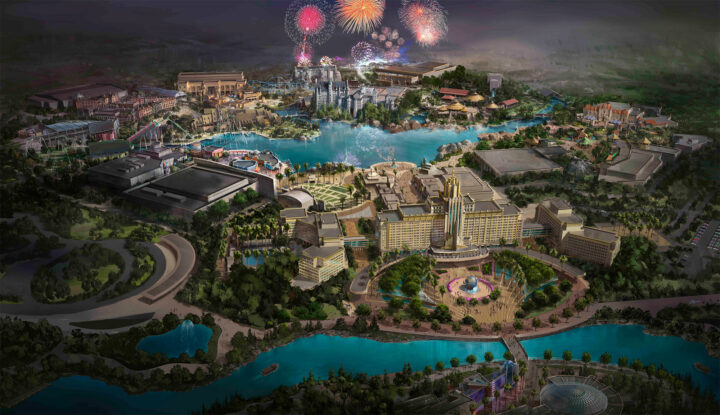
© Universal Parks & Resorts
Universal Studios Beijing features familiar Universal attractions including Despicable Me: Minion Mayhem, Water World and Decepticoaster. But the park is also home to new attractions, such as the standout attraction in the middle of the park, Jurassic World Adventure.
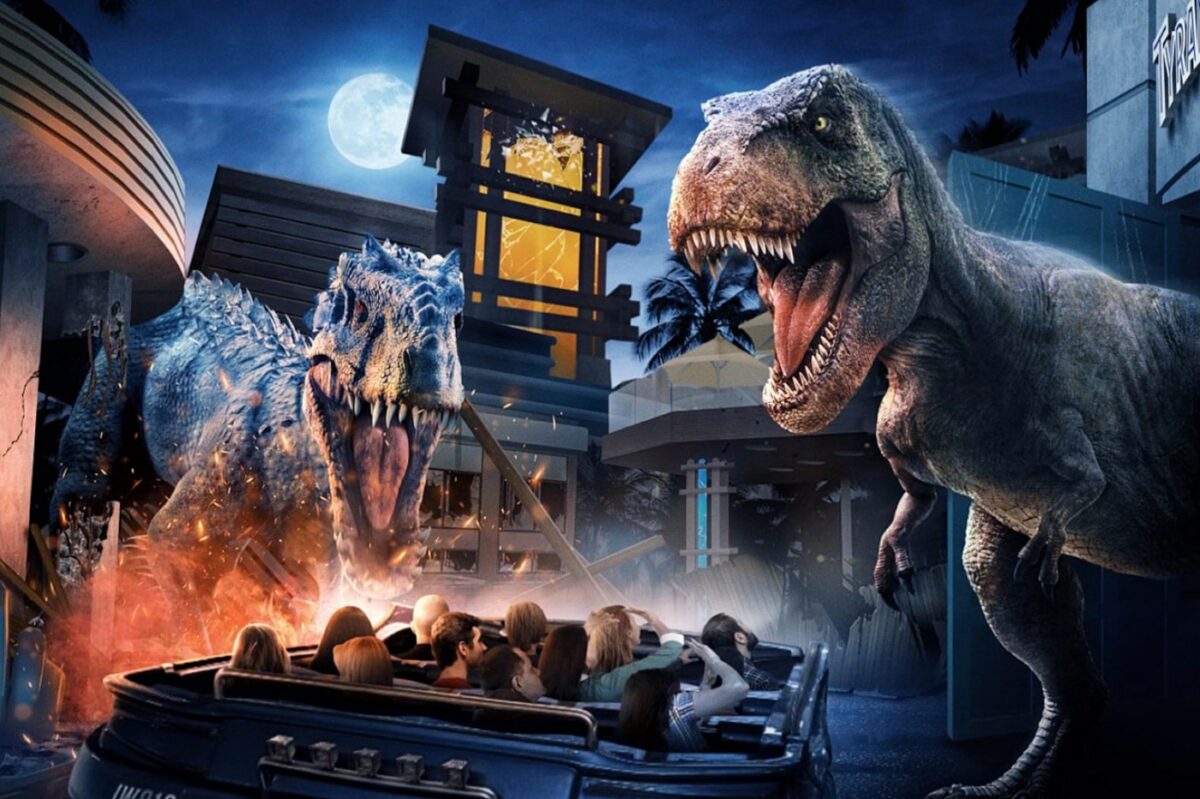
© Universal Parks & Resorts
While many Americans, including myself, have not yet experienced this immersive dark ride attraction, videos online show the queue and ride experience, and it’s clear the ride is one of the most advanced, innovative and impressive dark rides on the planet.
This attraction shouldn’t come as a shock, as Universal Creative — the team that designs and creates the attractions at Universal Parks and Resorts — has in recent years vastly improved their creative approach to designing world-class attractions.
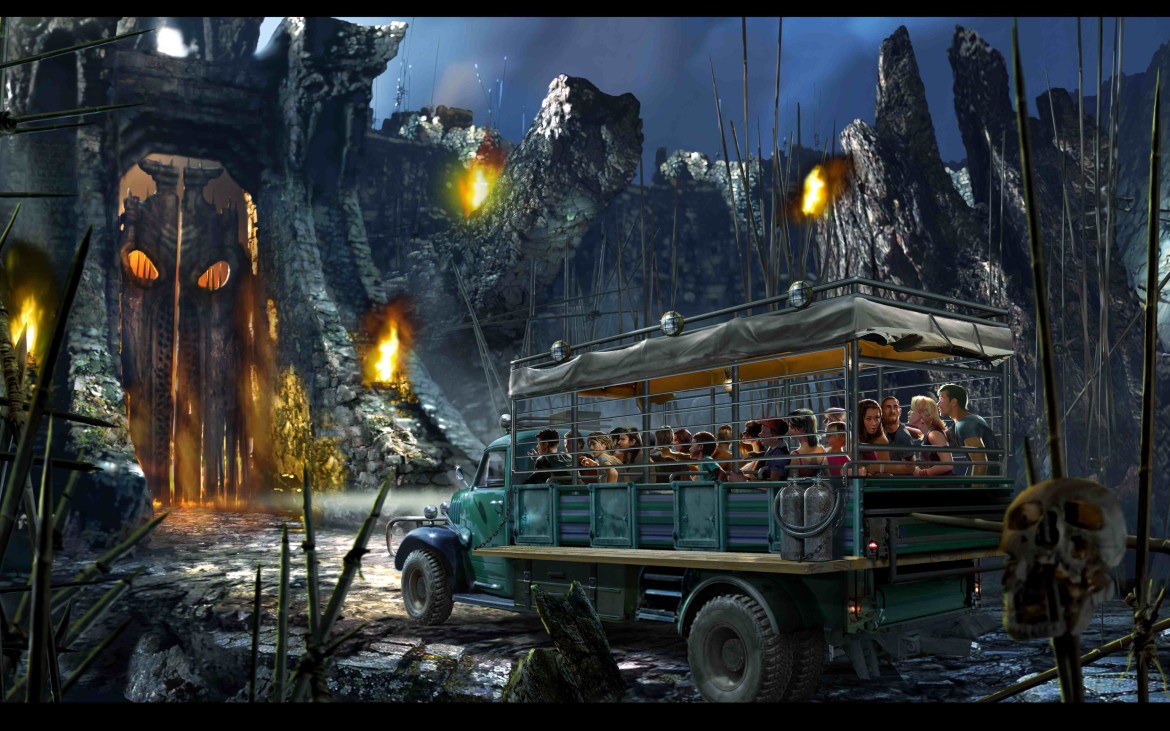
© Universal Parks & Resorts
This spike in creativity, though, started with some preceding blunders. In 2016, Skull Island: Reign of Kong opened at Universal’s Islands of Adventure. It was the start of a three-year streak that introduced a trio of screen-based simulator attractions at Universal Orlando Resort.
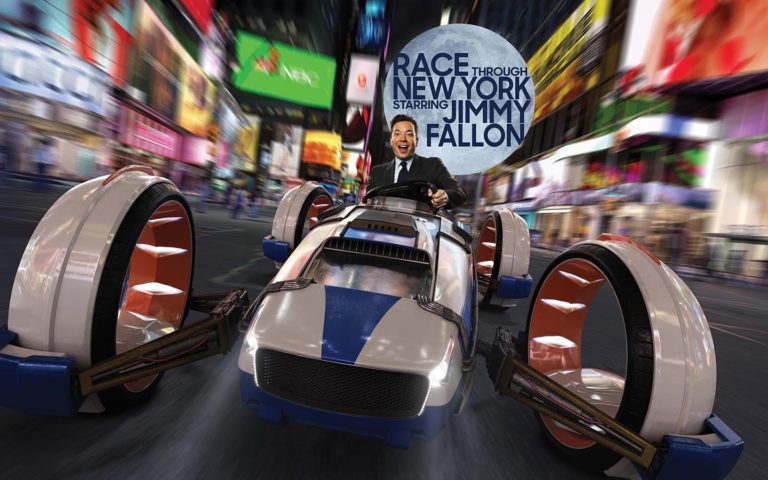
© Universal Parks & Resorts
In 2017, Race Through New York Starring Jimmy Fallon opened at Universal Studios Florida, and just a few hundred feet away, Fast and Furious Supercharged opened in 2018.
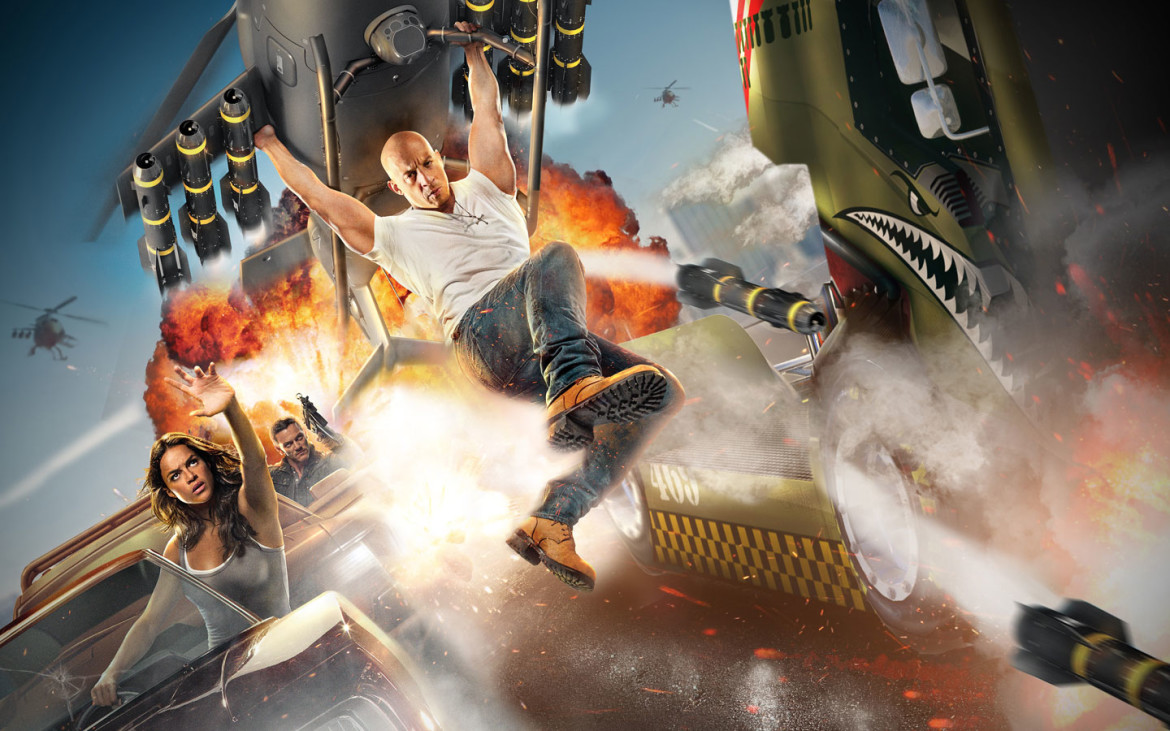
© Universal Parks & Resorts
These three attractions opened to lukewarm reviews from guests, each attraction seemingly receiving more criticism than the last. Rather than incorporating physical props and sets, these rides relied on screen-based projects to immerse riders.
Universal fans were quick to point out the issues with these screen-based attractions, and many others like them, such as The Simpsons Ride, the former Shrek 4-D, and Despicable Me Minion Mayhem. There were too many of these rides that relied heavily on screens and motion-simulator seats, lacking the physical set pieces and movements of the more popular attractions at the two parks.
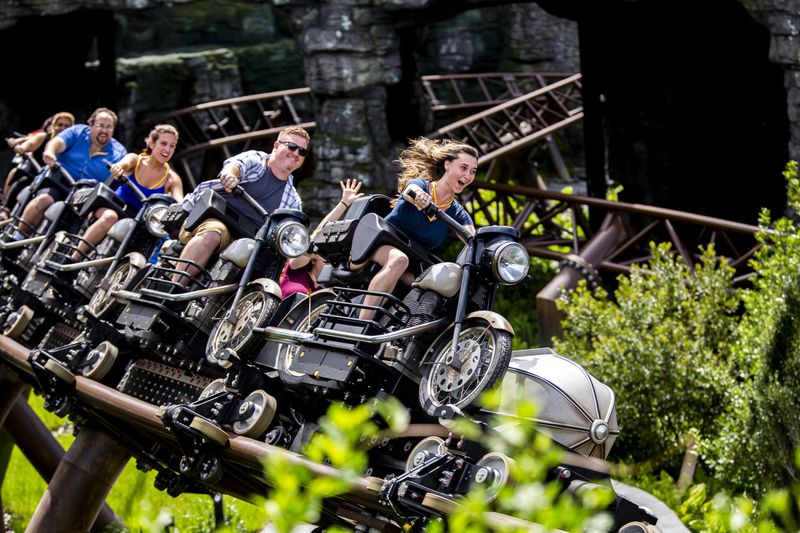
© Universal Parks & Resorts
Universal Creative, however, didn’t ignore guests and continue with their screen-focused designs. Instead, they managed to take these criticisms and guest feedback into account, and after 2018, began taking a new approach to their attractions. In the summer of 2019, Islands of Adventure introduced Hagrid’s Magical Creatures Motorbike Adventure, a massive family launch coaster shrouded in a physical environment with seven launches, more than any other coaster in the world. It usually has the longest wait of any attraction at Universal Orlando Resort, so it’s safe to say that the roller coaster was a success.

© Universal Parks & Resorts
One year later, in 2020, The Bourne Stuntacular stunt show opened in the Hollywood section of Universal Studios Florida. The show features various scenes that feature live stunt actors fighting on stage alongside props that move in front of a screen. The movement and rotations of the physical props are synchronized with the moving image on the screen, making for a more in-depth visual experience.
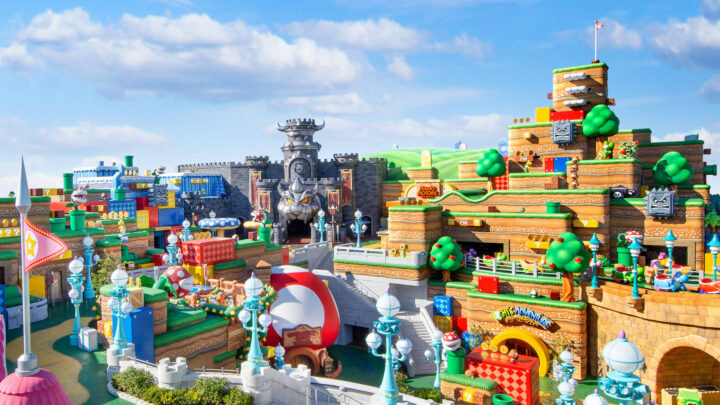
© Universal Parks & Resorts
Also debuting in late 2020 was the incredibly detailed Super Nintendo World, including Mario Kart: Koopa’s Challenge, a dark ride that uses Augmented Reality (AR) technology.
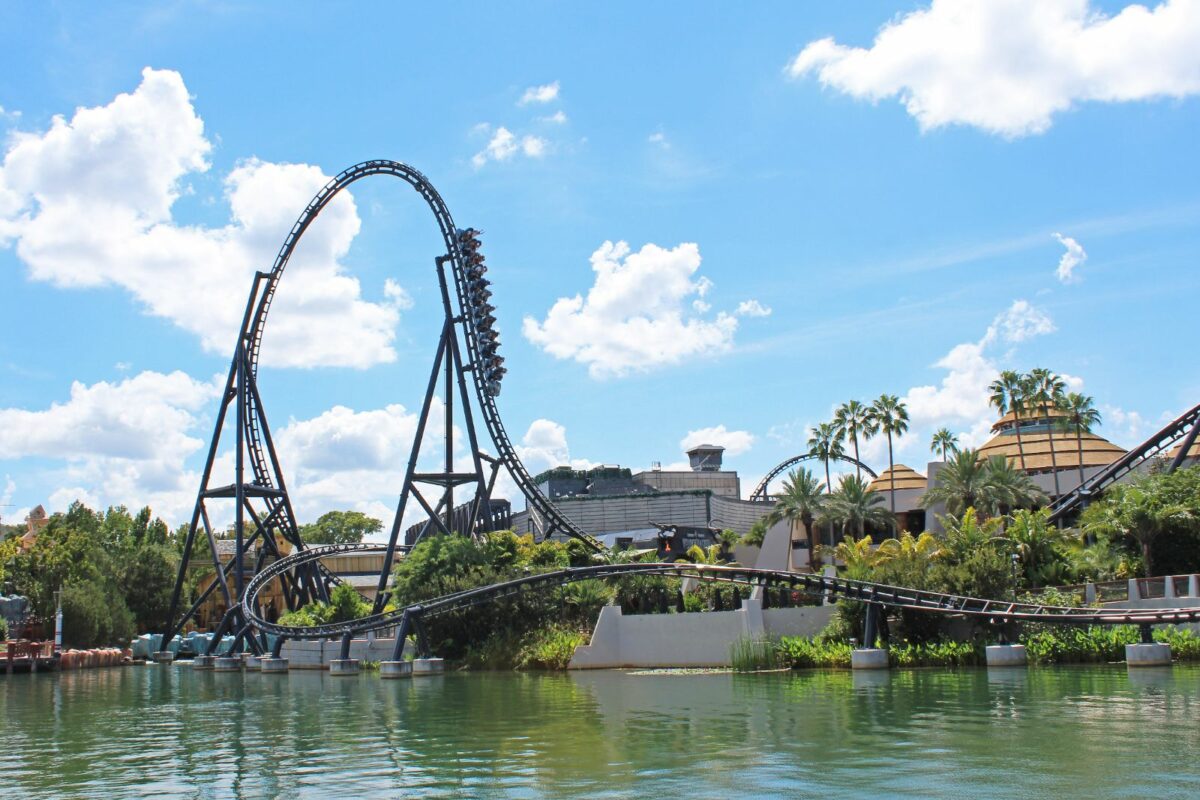
Then, in 2021, Islands of Adventure opened yet another blockbuster attraction, Jurassic World VelociCoaster, which has already been hailed as one of the best roller coasters ever built, earning the 5th spot in the 2022 Golden Ticket Awards’ list of the top 50 steel roller coasters. Along with Jurassic World Adventure in Beijing, Universal Creative has shown that they have found a formula for creating world-class attractions.
Below, I’ll highlight the major improvements the Universal Creative team has made with their latest attractions to make them well-received, as well as share what the future holds for the next wave of Universal attractions.
1. More Physical Sets and Props
Universal’s parade of screen-based simulator rides wasn’t met with much praise.
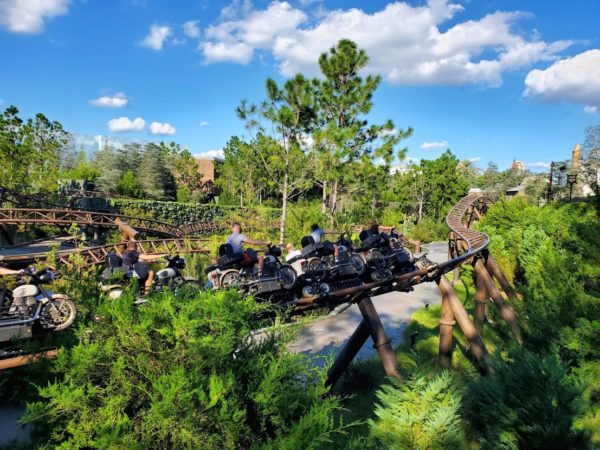
In response, Universal’s latest attractions have spared no expense when it comes to large physical sets and environments for their rides. Hagrid’s Magical Creatures Motorbike Adventure features a massive ruined castle, four full-sized animatronics, including Hagrid himself, countless other props such as the flying car and an abundance of trees. While they are of course spaced away from the coaster for clearance reasons, a nighttime ride among the trees truly immerses guests into the forbidden forest.
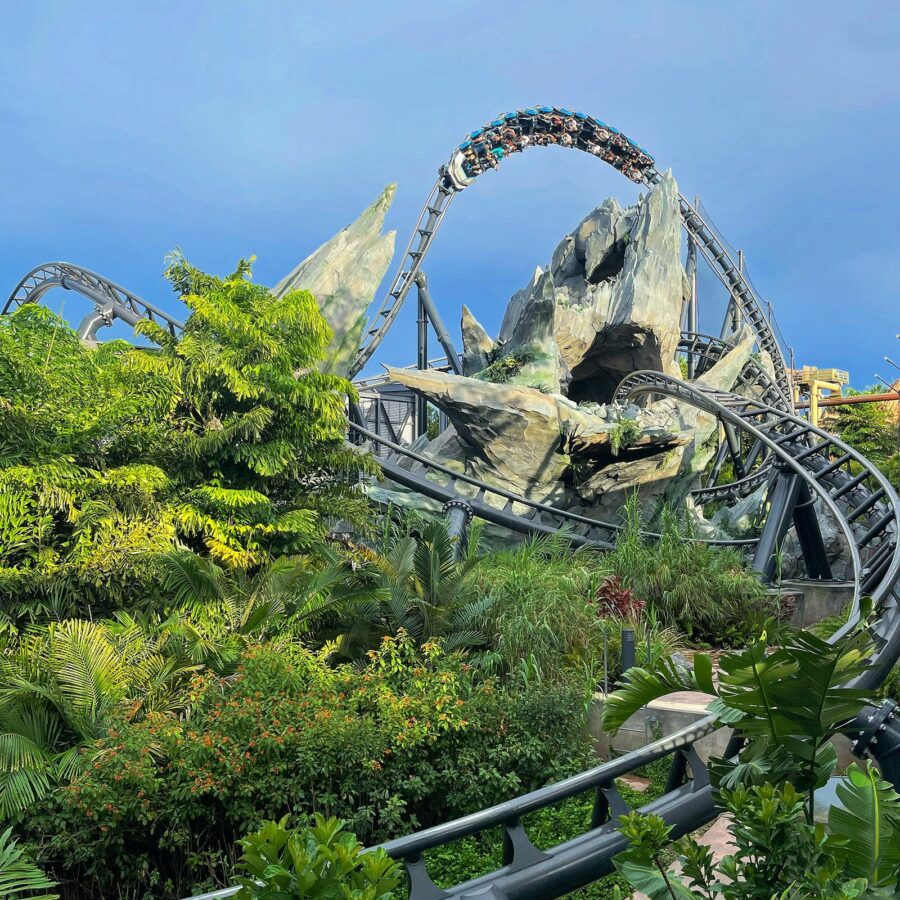
VelociCoaster at Islands of Adventure brings an impressive paddock of sharp rocks and dense foliage, as well as walls surrounding the coaster’s first half. The architectural style may be simple, using a repetitive steel and concrete pattern, but the sleek design fits perfectly into the theme of the land, and the viewing areas placed near the entrance to Jurassic Park River Adventure provide great views of the truly magnificent rockwork. In Universal Studios Florida, The Bourne Stuntacular features a number of full-scale physical set pieces that are able to move on stage, including a tower that can collapse after being hit by a rocket.
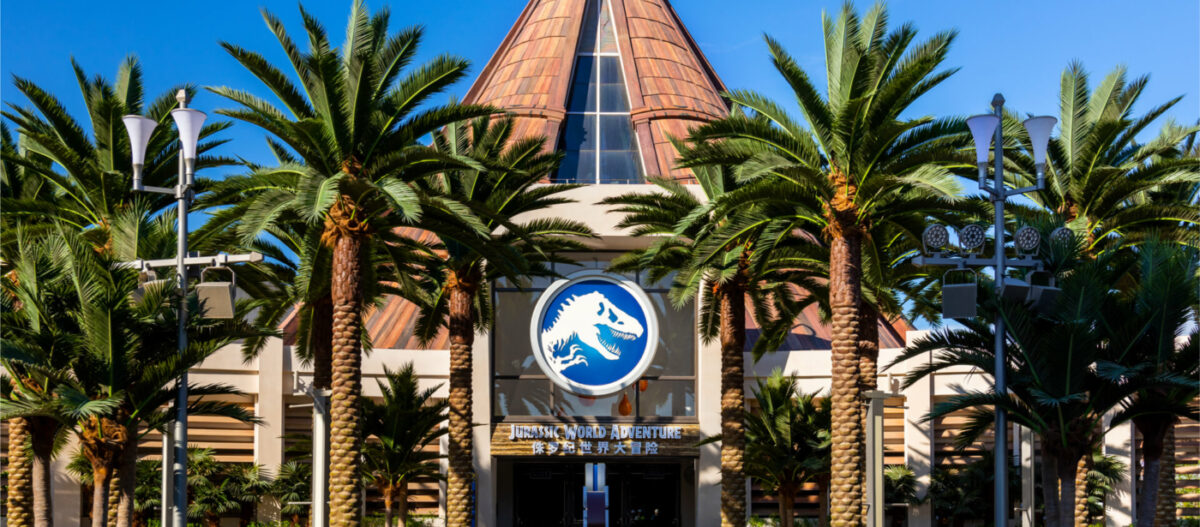
© Universal Parks & Resorts
At Universal Studios Beijing, Jurassic World Adventure recreates the iconic visitor center from the Jurassic World films (not to be confused with the visitor center from the original Jurassic Park film), and Mario Kart: Koopa’s Challenge welcomes guests through a life-sized Bowser’s Castle. Both attractions have highly detailed queues and create dark ride experiences like never before. Jurassic World Adventure stuns guests with its massive animatronics, such as the Indominus Rex that actually chases the ride vehicle. Yes, you read that right — the dinosaur moves.
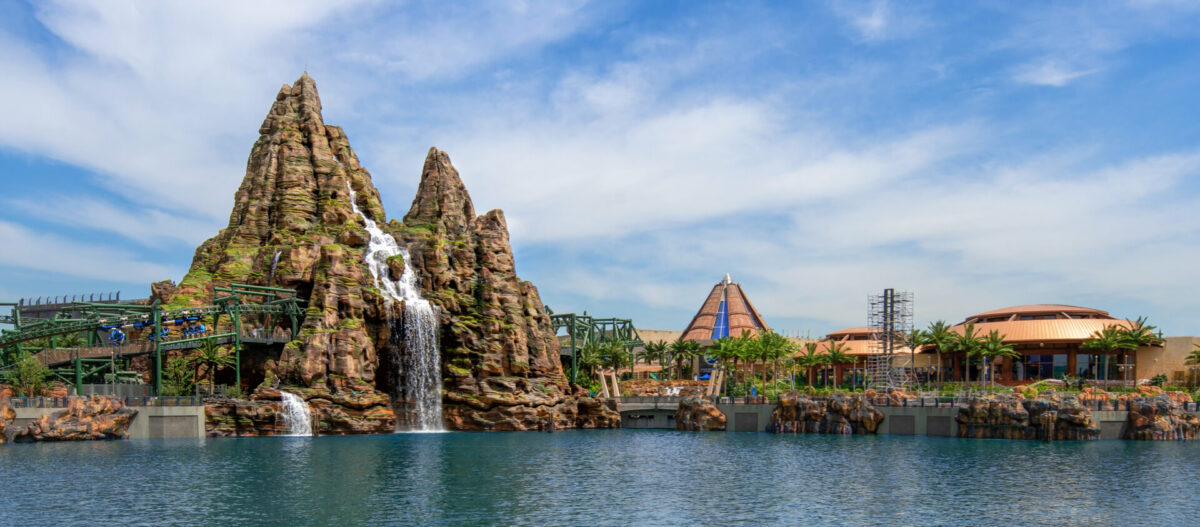
© Universal Parks & Resorts
The suspended Jurassic Flyers family coaster winds in and around the massive mountain within the Isle Nebular area of the park, which also houses a large kid’s area.
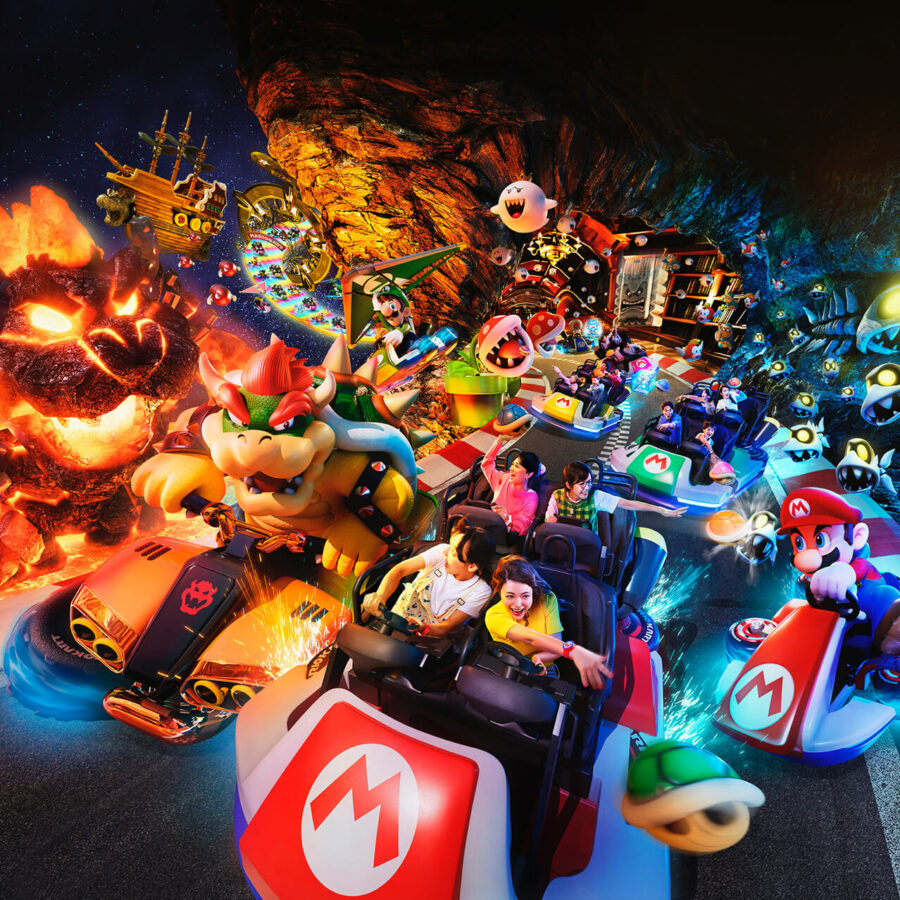
© Universal Parks & Resorts
Mario Kart: Koopa’s Challenge features the first use of AR goggles on an attraction, where guests are able to see rendered characters racing alongside them. While there is an emphasis on AR technology, there are still large physical set pieces throughout the ride that will excite any fans of the Mario Kart franchise.
It’s clear Universal has been making large strides to incorporate more physical sets and props into their latest attractions. While it may raise the budget, the overwhelmingly positive guest response to many of these attractions has demonstrated that a larger investment in these types of rides will pay off.
2. More Emphasis on Thrill
In today’s amusement and entertainment industry, there is a large emphasis on storytelling and narrative within attractions. While I personally enjoy story-driven rides, like The Amazing Adventures of Spiderman and Jurassic Park River Adventure at Islands of Adventure, storytelling isn’t the main reason I come to theme parks, as I can experience stories and narratives at home through movies and books. The reason I, and many other guests, travel to theme parks is to experience physical worlds and thrills, which you can’t experience from your couch. Universal has definitely been working to incorporate thrills into its latest attractions, and again, the response has been positive.
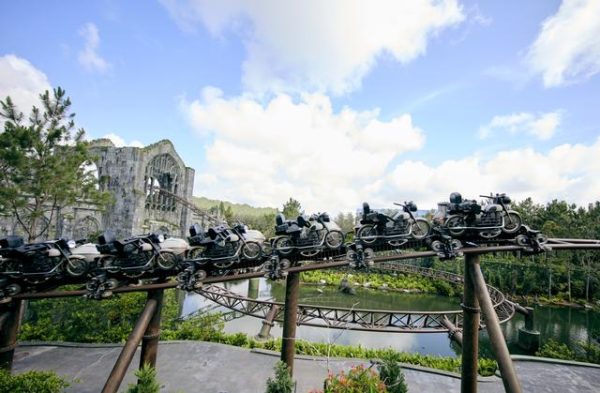
© Universal Parks & Resorts
Hagrid’s Magical Creatures Motorbike Adventure manages to tell a story while also launching guests on their flying motorbikes seven times. There’s even a bonus thrill that won’t be spoiled for anyone who hasn’t ridden. On top of that, Intamin found a great way to bring higher-level thrills to a family coaster, such as low-to-the-ground transitions and forceful linear synchronous motor (LSM) launches.
Jurassic World Adventure utilized the same SCOOP vehicle as Spiderman and Transformers, and while it’s difficult to analyze the movement based on videos of the attraction online, I can only assume it features similar thrilling “swashing” movements as its predecessors. Even the Bourne Stunt Show exhilarates the audience with fire effects, blank gunshots, and even a blank grenade!
Then there’s VelociCoaster. Already hailed by coaster enthusiasts as one of the best coasters on the planet, it’s nearly impossible to exit the attraction without hearing at least a few guests claim that it’s their favorite ride.
3. Better Screen Integration
Screens can be a very beneficial technology for the design of highly immersive attractions. The key to creating a great attraction while integrating screens, however, is using them in the right way. Star Wars: Rise of the Resistance at Star Wars: Galaxy’s Edge at Disney’s Hollywood Studios and Disneyland perfectly demonstrates a more impactful use of screens, primarily placing them behind windows of largely detailed rooms to add depth to the scene. For example, one scene brings guests into a full-sized star destroyer bridge featuring Kylo Ren and General Hux animatronics. The room is impressive in its scale and detail, but the screen behind the windows, which displays a view of space and incoming ships, further adds to the scenery while still emphasizing the physical environment.
Universal has seemingly taken note, and newer Universal attractions featuring screens have found the perfect balance of screen integration into a physical set. Jurassic World Adventure and Mario Kart: Koopa’s Challenge both integrate screens placed behind physical sets, such as the moving track within Luigi’s Mansion or the final T-Rex fight scene in Jurassic World Adventure.
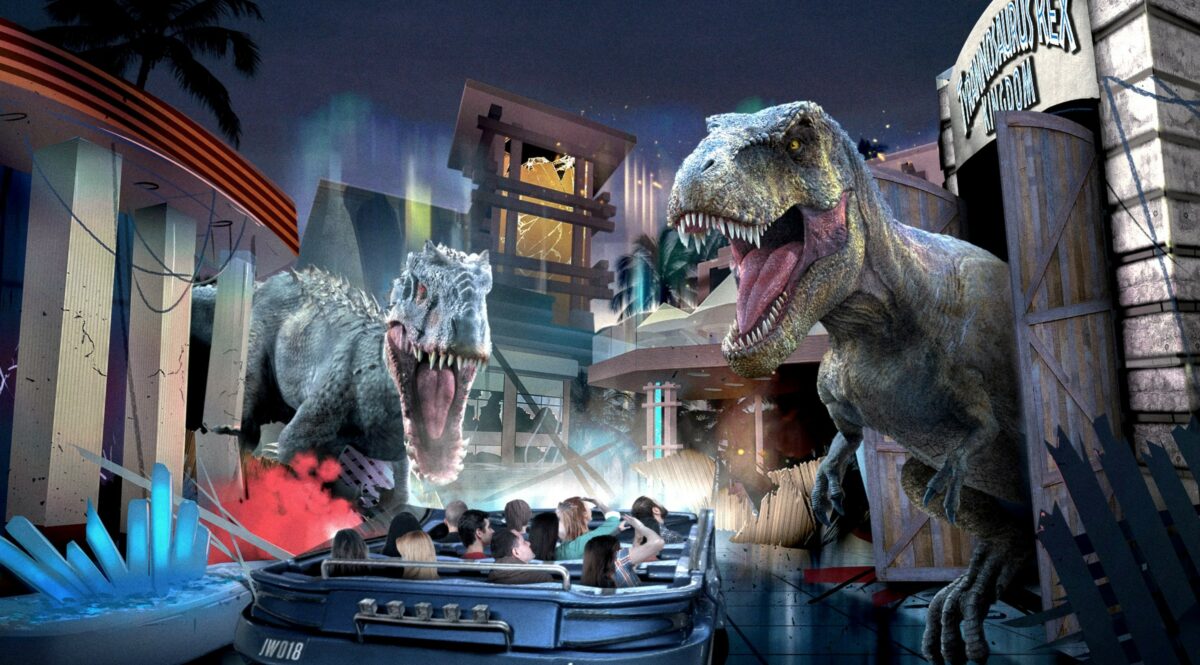
© Universal Parks & Resorts
In that final Jurassic World Adventure scene, there’s a very creative moment where riders are inside of a shop (a physical set), watching a fight between a T-rex and the Indominus Rex right outside of the shop (on-screen). The T-Rex knocks the Indominus Rex into the shop, and as the ride vehicle moves behind a wall within the shop, a live animatronic head of the Indominus Rex falls down as a reaction to being hit. It’s a very smart way of having the screen world and physical environment integrate with one another, and if you watch videos online, you can hear guests reacting with “Oohs” and “Ahs.”
With these new attractions, the overall quality of screens and projectors has evolved to the point where 3D glasses aren’t needed. While 3D can certainly have its advantages, many guests such as myself would rather ditch the clunky glasses and have high-quality 2D screens, allowing for a better view of physical scenery.
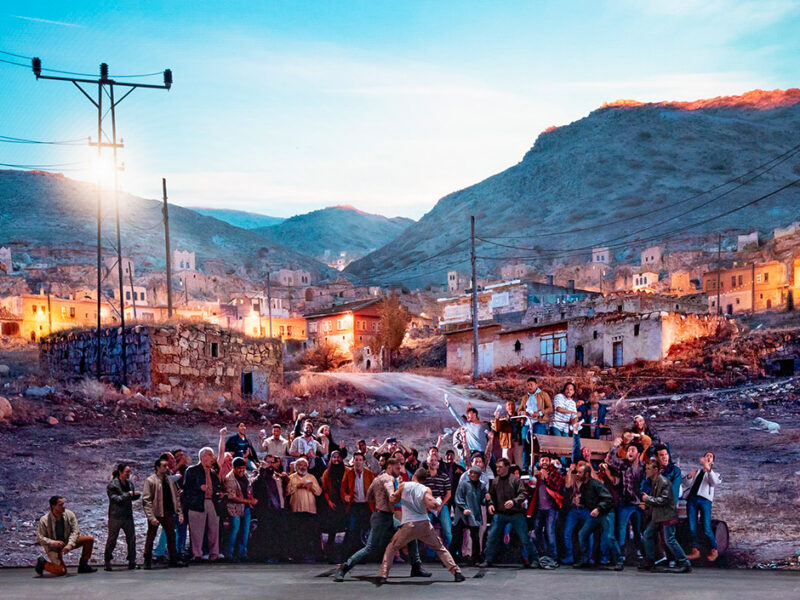
© Universal Parks & Resorts
Jurassic World Adventure uses a few of these screens, but the most impressive use is within the new Bourne Stuntacular show. The screen is so impressive that many guests believe the logo printed on a concrete wall, acting as a ”curtain” before the show starts, is in fact real. The crystal-clear quality and sheer size of the screen are beyond impressive, and when actors or physical props are positioned in front of the screen, it’s very hard to tell what’s real and what’s digital.
With that higher quality screens that are more strategically implemented into attractions, Universal has found the perfect recipe that will certainly carry into future attractions.
4. Small Yet Meaningful Innovation
While many of these new attractions use systems that have been integrated into existing attractions, Universal has still pushed limits by leveraging such systems in new ways. Hagrid’s Magical Creatures Motorbike Adventure is one of the most advanced roller coasters in the world, operating with seven launches and thirteen block zones — in addition to three switch track sections, a moving load/unload station, a unique train design where half of the seats are higher than the other to remain authentic to the vehicle from the Harry Potter films.
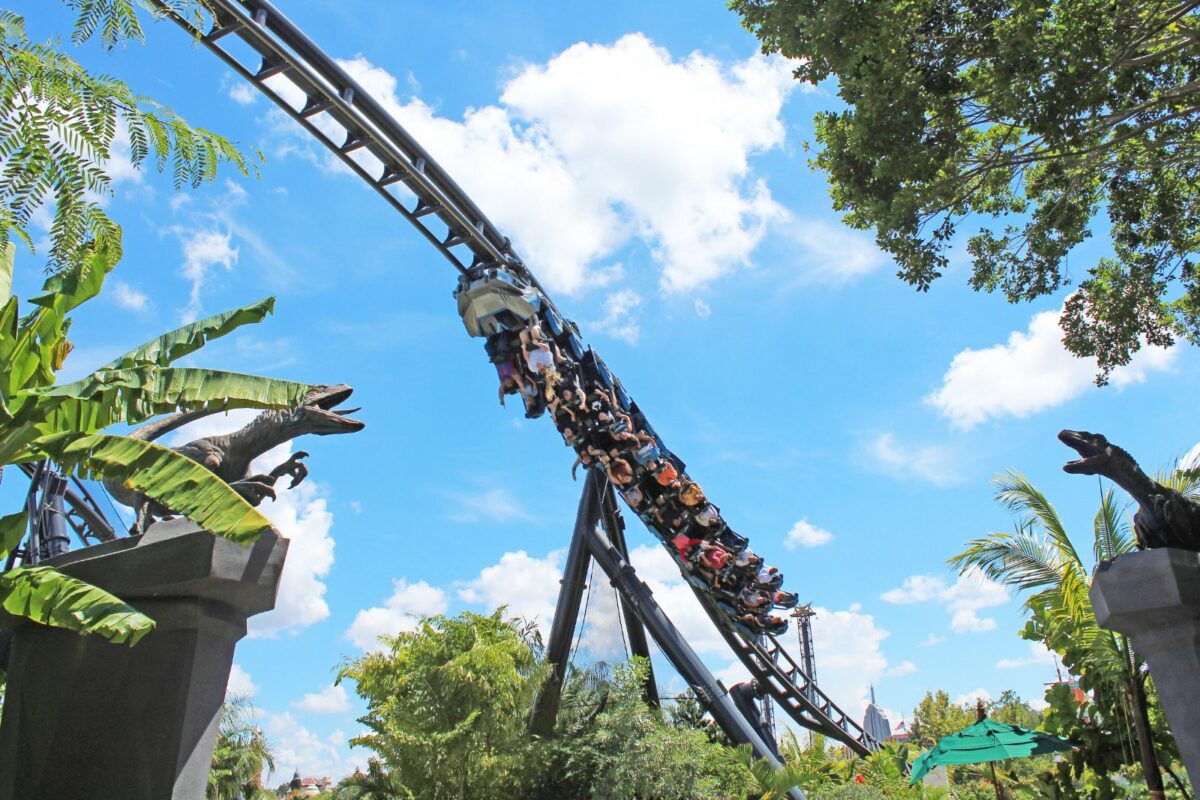
VelociCoaster incorporates modern coaster elements, many coined by Rocky Mountain Construction, which brings never-before-seen moments to a major theme park, such as a Zero-G-Stall and an outer-banked airtime turn. The Bourne Stunt Show takes the concept of blending physical props with a digital background, like in the American Adventure at Epcot, and amplifies it with larger mobile pieces, live actors moving on and around them, and projection mapping effects such as bullets onto them.
Mario Kart: Koopa’s Challenge may use a lot of technology similar to trackless dark rides like Rise of the Resistance but introduces an AR element. The goggles render live characters and effects that blend into the path of the ride, while also incorporating an interactive shooting-style element, where guests can fire AR turtle shells at targets with a steering wheel on the ride vehicle.
Also, as mentioned, the Indominous Rex animatronic in Jurassic World Adventure is not only full-scale but also follows the ride vehicle for part of the experience. While some animatronics on previous attractions have moved within a space, none do it to this scale.
The Future is Looking Bright
Universal’s renewed commitment to these four concepts has resulted in a series of hit attractions. They’ve provided a big win for Universal, and more importantly, a long-awaited win for theme park fans. This new-and-improved approach to attraction design has made me extremely excited for what the future will hold. In fact, I can only assume many of the new rides opening at the under-construction Universal’s Epic Universe in Orlando (scheduled to open in 2025) and Universal Studios Hollywood over the next few years will continue to build on the innovations and improvements in attraction design. The attractions Universal have debuted over the last four years have been nothing but impressive, but I have a feeling that the next wave of attractions will be even better. If that’s the case, Universal could very much be the new industry trendsetter when it comes to attraction design.

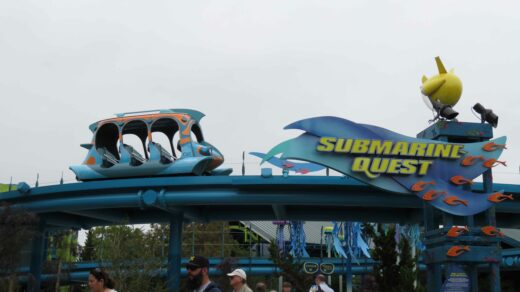
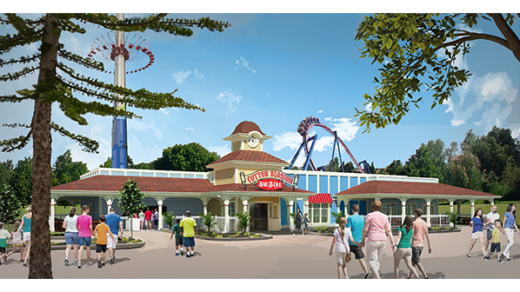
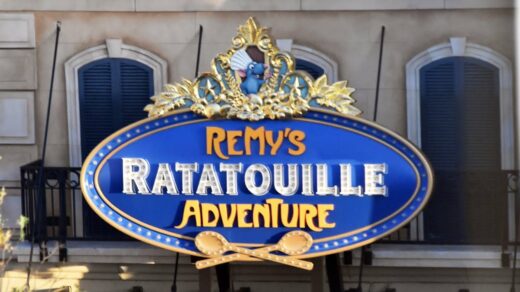



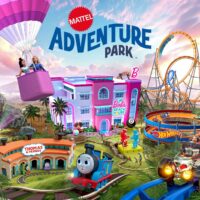





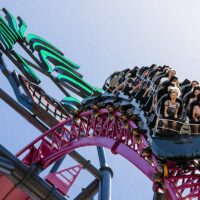
Totally agree with every point. Universal has so much more up their sleeve, imagine how incredible the kuka arm 2.0 classic monsters attraction is going to be.